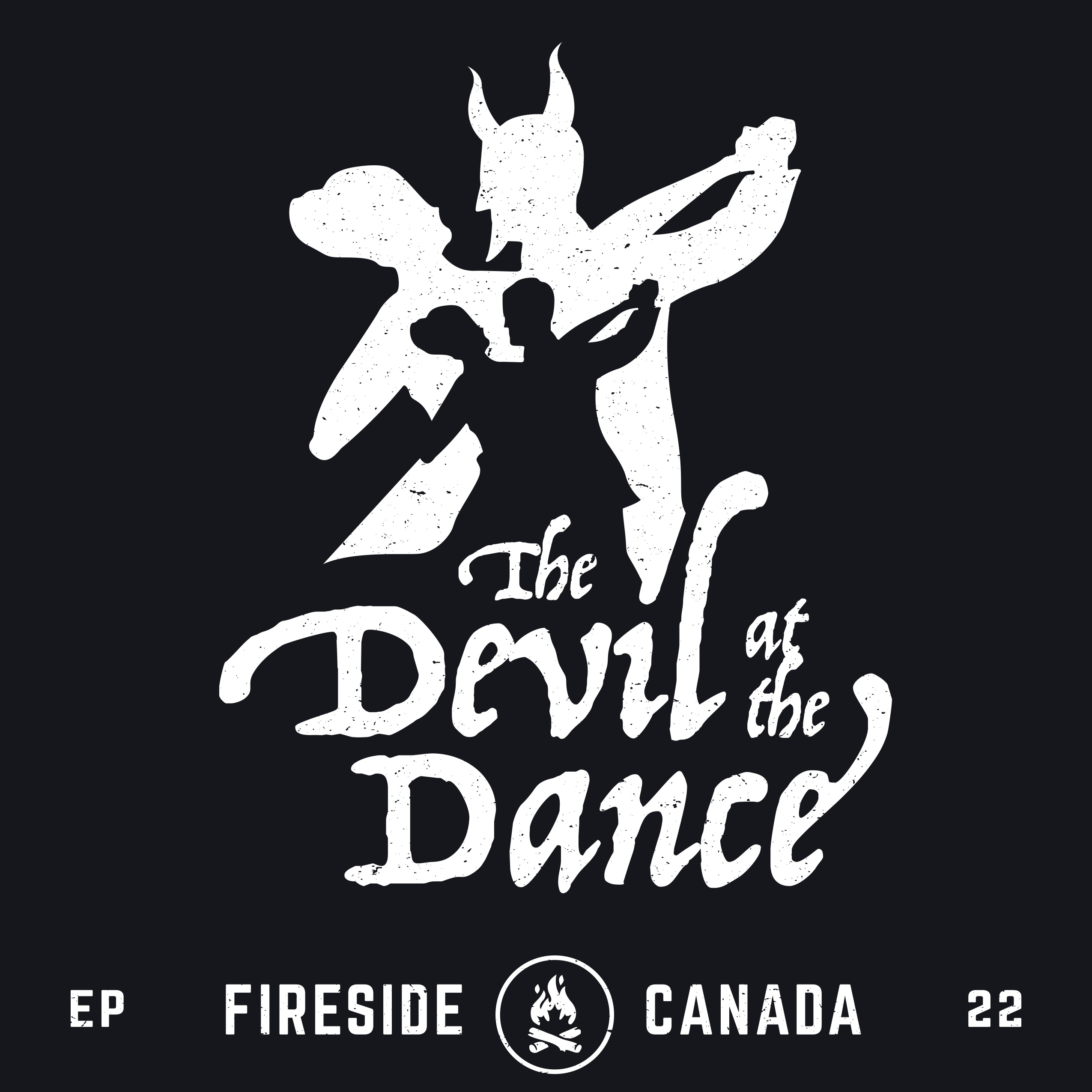The Devil at the Dance

It's a centuries-old folktale—a story about one evening when the devil came to town to dance with an unwitting partner and steal her soul. Found in nearly every province across Canada, the story of "The Devil at the Dance" is perhaps best known as a quaint French Canadian legend meant to caution the young about the dangers of drinking and dancing. But is it just a Catholic morality tale, or is there more to the story?
“Waltzing. — The Abbé Hulot, one of the modern French fanatics, has just published a furious declamatory attack upon dancing, the favourite amusement of his countrymen. He fulminates the following tirade against waltzing: ’How can any one dance, and particularly waltz, with a person of a different sex, without indulging in the most culpable liberties? In this dance, impurity, divested of that shame which on other occasions compels it to seek obscurity, exhibits itself before a crowd of spectators, who are so corrupted as to applaud its excesses. May it not be said of the waltz, which in the opinion of men of the least captious judgement, is of a nature to disconnect the most rigid virtue; that it upholds and fortifies that corruption from which it sprung; that it kills all sense of modesty in the hearts of those who indulge in it, even the very first time; and, that it is a violent poison, which carries instantaneous death to the souls of those who join it, and renders them deserving of hell’s flames?’”
– “Waltzing.” Montreal Gazette, 26 October 1826, Page 2.
Sources
Abbott, F. (2016). “‘The Devil Made Me Do It.’ Popular Spirituality in a Rural Québec Parish, 1736–1901.” Journal of the Canadian Historical Association / Revue de la Société historique du Canada, 27(1), 1–30. https://doi.org/10.7202/1040523ar
Barbeau, Marius. “Canadian Legends.” The Dalhousie Review, Vol. 26, No. 2, 1946, pp 217-226.
Bouchard, Michel. “The Devil in Folklore.” UNBC Blogs: UNBC.ca, 4 November, 2012. Accessed 28 August 2021. https://blogs.unbc.ca/michel/2012/11/04/the-devil-in-folklore/#_ENREF_2
Boivin, A. (2000). Le diable à la danse. Québec français, (116), 84–88.
Demers, J. & Gauvin, L. (1976). Documents : cinq versions de Rose Latulipe. Études françaises, 12(1-2), 25–50. https://doi.org/10.7202/036619ar
Demers, J. & Gauvin, L. (1976). Le conte écrit, une forme savante. Études françaises, 12(1-2), 3–24. https://doi.org/10.7202/036618ar
Du Berger, Jean. Le Diable à la Danse. Saint-Nicolas, Quebec: Les Presses de L’Université Laval, 2006.
Landry, Michel. “La danse au Quebec.” CÉGEP du Vieux Montréal. Archived 29 October, 2015. Accessed November, 2021.
http://www.dansesanciennesamontreal.com/Danses/dumonde/histo-1.htm
Marchand, S. (2008). Review of Le Diable à la danse. Par Jean Du Berger (Québec, Presses de l’Université Laval, Collection Ethnologie de l’Amérique Française, 2006. Pp. 246, ISBN 2-7637-8377-5)]. Ethnologies, 30(1), 194–196. https://doi.org/10.7202/018847ar
Rajotte, P. (1993). La Fête interrompue dans els contes littéraires québécois du XIXe siècle. LittéRéalité, 5(1). https://doi.org/10.25071/0843-4182.26682
Woodley, E. C. Forward with Canada: Canadian Legends. Mississauga, ON: Northern Electric Company Limited, 1950.
“Waltzing.” Montreal Gazette, 26 October 1826, Page 2.
“Your Grandparents’ Dirty Dancing.” Words at Play, Mierriam-Webster.com. Accessed November 2021. https://www.merriam-webster.com/words-at-play/your-grandparents-dirty-dancing-banned-dances-from-history


